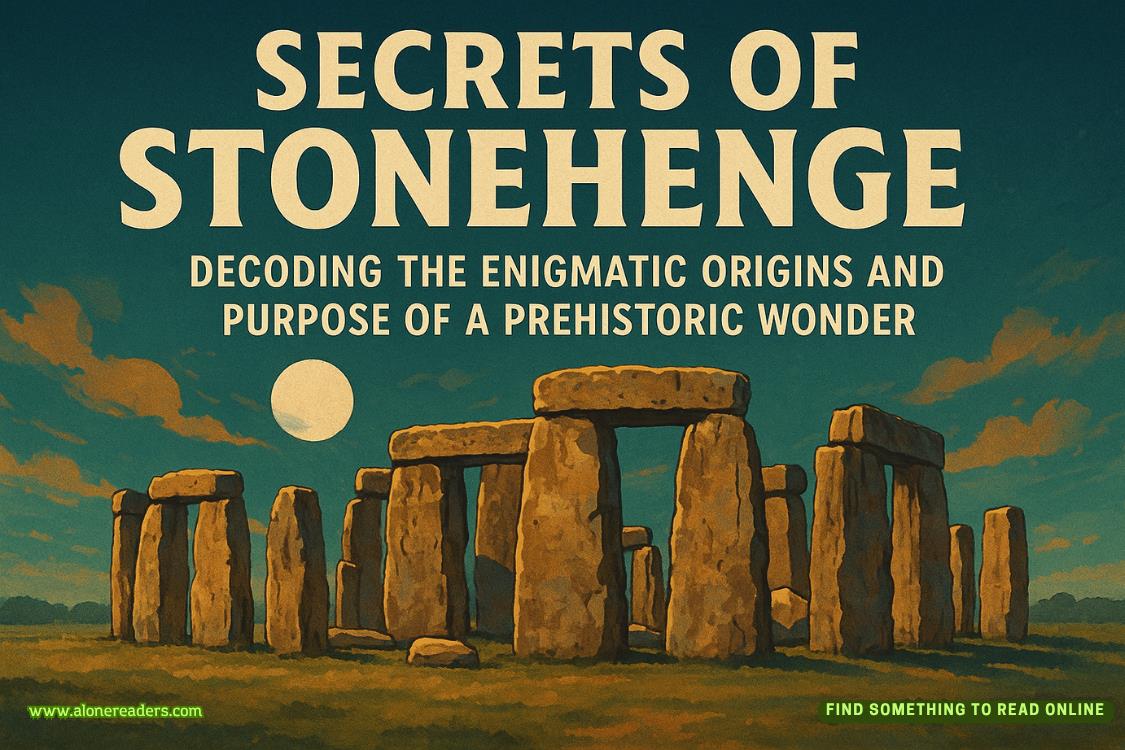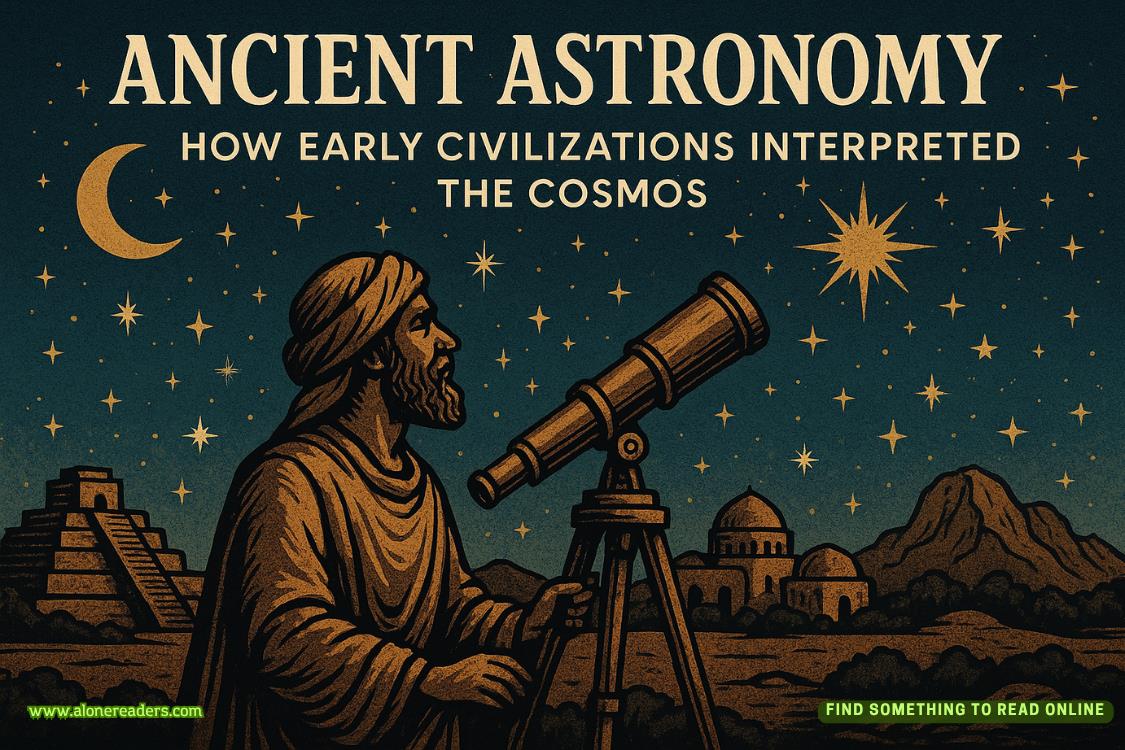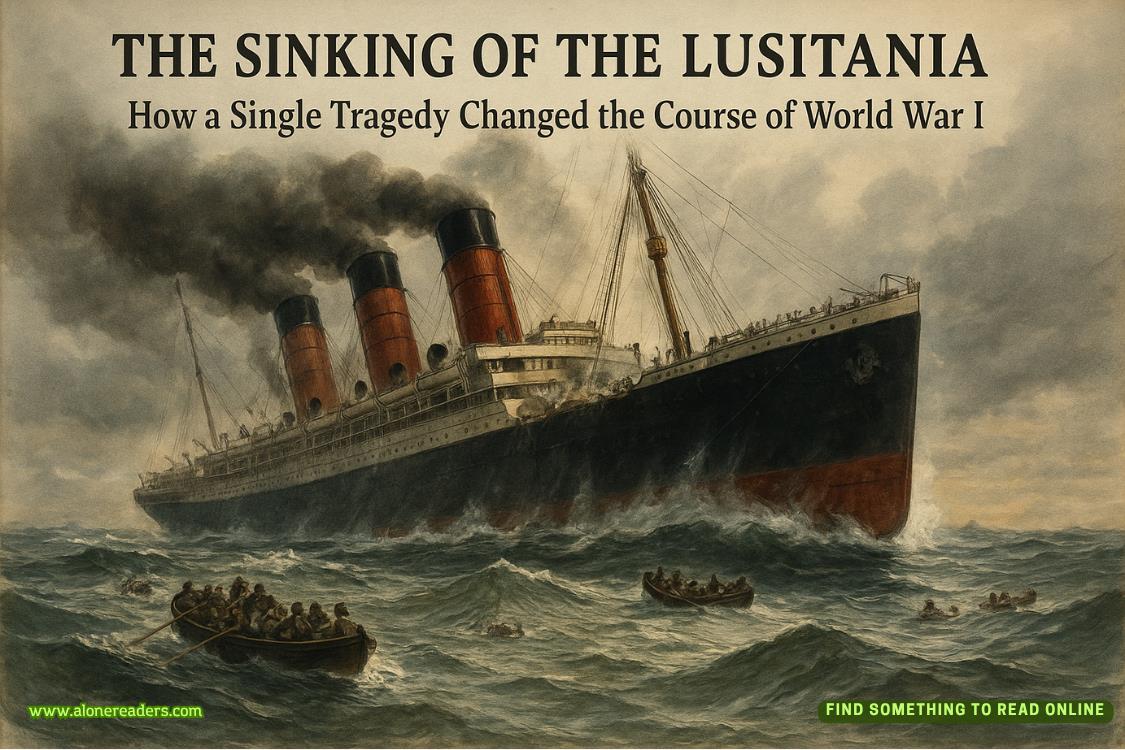Page 414 of DATE
A microscope?
He opened his mouth, realizing there was something he had missed.
"To observe the cross-section of the blade?"
"Yes," Hedy emphasized. "Temperature, material, proportions, the number of times it has been forged—we can experiment with all of it."
She might not be able to wait for aluminum's widespread use, but improvements in steelmaking processes, coupled withthe collaboration of chemical researchers, would be enough to create explosive, terrifying results.
After the queen issued this commission, scholars from various fields were buzzing with excitement.
On one hand, there was an irresistible reward in gold—just by making a tangible contribution to steelmaking, they could earn enough money to last a lifetime.
On the other hand, they would also receive high-level honors.
The knightly medals used to reward military achievements would be awarded to researchers who made significant contributions to the nation, once approved and verified. This would mean national recognition and gratitude for the individual!
Literary scholars began poring over ancient texts from hundreds of years ago, translating Spanish, Indian, and Greek languages, searching for clues in every small trace.
They quickly found similar boilers and began analyzing the effects of different boiler heights and air inlets.
Chemists began experimenting with different proportions and temperatures and exploring how changing fuel types could improve the hardness of steel.
Historians began researching the core steelmaking techniques from ancient Greece to the Roman Empire and tried to understand the mysterious power of the Spanish Catalan furnace.
It was rumored that the swords used by their knights were forged from a combination of various materials—soon, merchants started hawking foreign daggers and long swords, with prices increasing both openly and covertly.
The first code to be deciphered was coal.
Coal is more stable than charcoal and provides an abundant energy source.
Using coal for iron smelting significantly improves bothefficiency and quality.
This material, considered by the Catholic Church as the "sinful black earth," the filthy substance used to bury the bones of the damned,
was, in the real world, a boon for industry and metallurgy.
Merchants in La Spezia had made a fortune in recent years, with many becoming rich just by opening coal mines.
It was rumored that many Persian merchants had started flocking to this small city, eager to sell all their gems there.
The second secret lay in quenching.
If steel is suddenly plunged into cold water while still at a high temperature, the internal pores and structure of the material undergo significant changes.
Leonardo designed high furnaces for the craftsmen that could deliver more air and raise temperatures, and also created manual and semi-automatic blowers.
With the combined power of the high furnaces and the blowers, steel could withstand higher temperatures, while also effectively preventing oxidation and decarbonization during the heating process.
Now, as June approached, light rains fell everywhere, and the steel furnaces' chimneys continuously emitted white smoke, like the light of a lighthouse in the fog.
As both children began to speak their first words, yet another letter was delivered swiftly by a fast horse.
Scholars in Milan had uncovered the third secret.
This secret was the most obscure and the most important.
—The core process of steelmaking lies in the treatment of carbon content.















